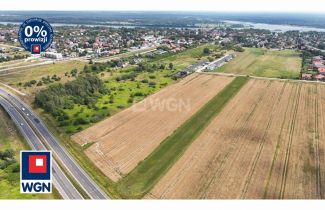This entailed both investors, banks and developers as well as the most important market players: buyers and tenants.
What is more, due to financing (including mortgages) becoming more difficult to obtain and higher caution in planning long-term financial commitments, preferences of individual buyers and tenants took a negative turn. The secondary housing market became more prominent than two years ago, changing its structure quite abruptly as it was supplied instantly with a great number of units that had just been bought from developers and investment buyers.
The same holds true for lease and sublease of office space.
We expected spectacular falls, bankruptcies and takeovers, however these were quite few and far between.
The market of large commercial transactions came to a halt for one full year not only in Poland, but in the whole Central European region. The real estate and finance sectors went into survival mode, unfortunately trimming a lot of jobs in the process.
The final quarter of this year shows slightly rising commercial market dynamics in Poland, however we are still looking for the base revised value, and consequently – investment cost. International investments are communicating vessels and unfortunately, some budgets planned for investments in Central Europe have been allocated to Germany and even the US.
From an optimistic point of view, though: as of mid-November 2009 even the most conservative analysts from Scandinavian banks see the condition and future of our economy in a good light; Danske Bank is forecasting 1% economic growth for Poland for 2010, while SEB has it even higher at 3%.
Joanna L. Iwanowska
Joanna L. Iwanowska, Vice-President of the European Property Institute, Director of Polanowscy Real Estate Consultants
Source: Property Jornal Polska Giełda Nieruchomości 12-01/10
Joanna L. Iwanowska, Vice-President of the European Property Institute, Director of Polanowscy Real Estate Consultants
Source: Property Jornal Polska Giełda Nieruchomości 12-01/10
 Biura WGN
Biura WGN CENTRALA WGN
CENTRALA WGN

















